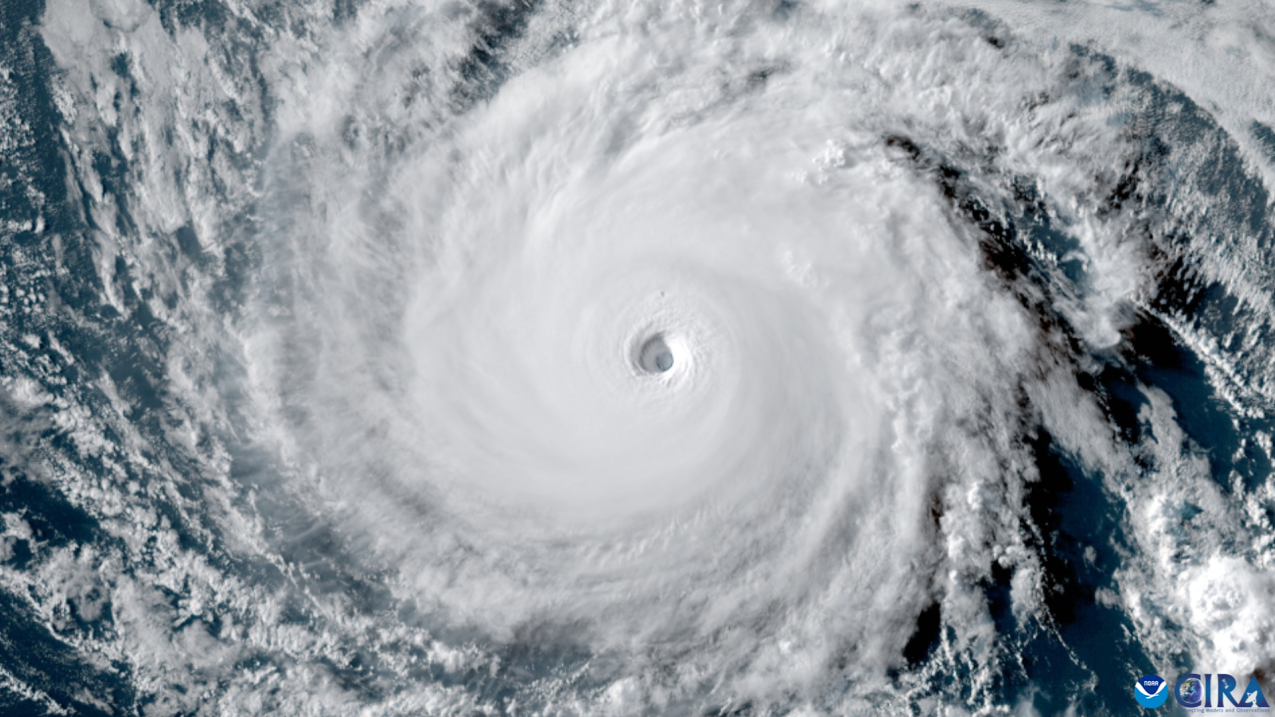As the summer comes closer, the Central Pacific readies for the initial major tropical threat of summer, with meteorologists watching a developing disturbance that might affect the Hawaiian Islands. This storm, presently referred to as Invest 90E/91E, has attracted the interest of weather forecasters since it formed in the Pacific Ocean. If it develops into a big storm, the potential exists of a serious threat to Hawaii an area that has been hit by severe weather recently.
The Hurricane formation process has been slow in the 2024 hurricane season and hurricanes have been formed relatively late.
Typically, the Central Pacific Hurricane season begins in June but this year late started and that was primarily due to unfavorable conditions in the atmosphere regarding hurricanes. Hurricane Gilma, which was in the eastern Pacific this week, will be the second hurricane of the season but its forecast is not a threat to land.
Now, the concentration is on the westward-moving disturbance, which might develop into the first tropical cyclone in the Central Pacific. The current condition of the system is with poorly organized showers and thunderstorms but develops as it nears the Hawaiian Islands.
Here, people have a tough time predicting the trajectory and strength of a tropical storm in the Central Pacific. This region is undoubtedly one of the most isolated on the planet with data that is scarce for a meteorologist to use. At present, when it comes to forecast models there is a broad spectrum of what could happen to the storm: The storm could dissipate in open waters as well as the storm might turn into a major tropical cyclone.
Of great importance to the storm’s destiny, is the environment it meets on its stormy path. However, dry air and cooler sea surface temperatures near Hawaii. Nevertheless, if the storm continues to sit over warmer waters and avoid the dry air then it might even grow stronger.
Hawaii’s History with Storms
Hawaii is rather exceptional when it comes to tropical storms and hurricanes. It mainly lies in the central part of the Pacific Ocean. Thus, it is not often that Hawaii feels the force of a category 4 hurricane. Nevertheless, the islands have suffered major effects from tropical systems in the past.
The most recent hurricane was Hurricane Lane in 2018 which came with historical levels of rainfall and flooding in some areas of the Island even though its eye did not make landfall. In the later year, the islands were hit by the effects of Hurricane Dora in August 2023 though it did not make a direct landfall, but was responsible for the wildfire that affected Maui. The effects that never resulted from a storm hitting the Irish coast should remind everyone of a storm’s devastating potential even when it does not even approach the coast.
The track and the intensity of the storm cannot be determined at this point; therefore, the actions that should be taken by the inhabitants of Hawaii are to be ready. The progress is being reported and monitored by Local forecasting agencies including the Central Pacific Hurricane Centre for the advisories to be issued when more information comes out.
Apart from this residents are advised to prepare by ensuring that their homes and other property are safe, and in the event of an evacuation there are appropriate measures to head to. Because Hawaii’s geography is distinct, even an undefined contact with a tropical storm can lead to phenomena such as heavy rain, wind, storm surges, etc.
As it is still uncertain whether this system will form into a named storm and how far will it approach the islands it is due, but it remains a threat strong enough to deserve attention. It seems like yet again, a Tropical storm which is well understood to be very frequent and volatile specifically in the Pacific region during the hurricane season has humbled everyone. Hawaii and the rest of the island dwellers of the Central Pacific will be anxiously waiting for further changes, wishing for the best, but preparing for worse on the storm’s arrival. Additional days will decide the further development of the storm and its possible consequences, and people should be prepared to respond.








